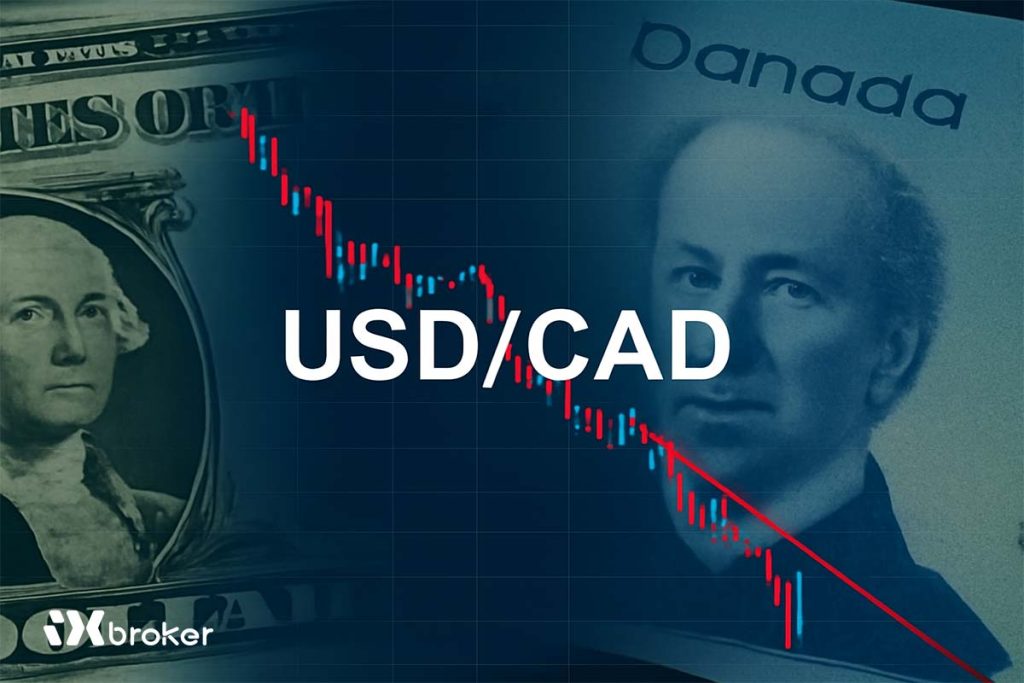The Australian Dollar (AUD) strengthened against the US Dollar (USD) on Friday after two consecutive sessions of losses, with the AUD/USD pair rebounding following the latest preliminary readings of Australia’s S&P Global Purchasing Managers Index (PMI).
S&P Global Manufacturing PMI climbed to 51.6 in November from 49.7 previously. Services PMI also improved, rising to 52.7 from 52.5, while the Composite PMI increased to 52.6 versus 52.1 prior, signaling continued expansion across key sectors.
Australian support builds as RBA maintains cautious stance
The AUD found additional traction as expectations grew for a measured policy approach from the Reserve Bank of Australia (RBA). Minutes from the RBA’s November meeting suggested policymakers may keep interest rates unchanged for an extended period if economic data continues to outperform.
RBA Assistant Governor Sarah Hunter noted on Thursday that “sustained above-trend growth could fuel inflationary pressures.” She emphasized that monthly inflation figures can be volatile, and the central bank will not react to a single data point.
ASX 30-Day Interbank Cash Rate Futures showed that as of November 18, the December 2025 contract traded at 96.41, pricing in just an 8% probability of a rate cut to 3.35% from 3.60% at the upcoming RBA Board meeting.
US Dollar eases as Fed rate cut expectations increase
The US Dollar Index (DXY), which tracks the USD against six major currencies, has paused its five-day winning streak and is trading near 100.10. Markets now turn their attention to the upcoming US S&P Global PMI data due later in the North American session.
The Greenback softened after September’s labor market data boosted expectations of a Fed rate cut in December. The CME FedWatch Tool indicates that markets are now pricing in a 36% chance of a 25 bps rate cut at the December meeting, up from 30% the previous day.
US Nonfarm Payrolls (NFP) rose by 119,000 in September, compared with a revised 4,000 decline in August. The figure exceeded market expectations of 50,000. The unemployment rate edged higher to 4.4% from 4.3%, while Average Hourly Earnings held steady at 3.8% YoY, slightly above expectations.
FOMC Minutes from the October 28–29 meeting showed policymakers remain divided over the path forward for interest rates. While most participants saw further rate cuts as likely over time, several indicated they did not view a December reduction as appropriate.
Updated CME FedWatch probabilities show markets now pricing a 40% chance of a December rate cut, down from 50% a week earlier.
Richmond Fed President Thomas Barkin commented on Tuesday that the labor market appears more balanced, noting improved worker availability and recent layoffs. However, he highlighted uncertainty over whether inflation will return to the Fed’s 2% target without more decisive data.
Political risk also resurfaced after US President Donald Trump stated in an Oval Office interview that he “would love” to remove Fed Chair Jerome Powell immediately, adding that he already has a preferred candidate in mind.
Elsewhere, the People’s Bank of China (PBoC) left its Loan Prime Rates (LPRs) unchanged in November, with the one-year rate at 3.00% and the five-year at 3.50%. Given China’s strong trade ties with Australia, Chinese policy decisions often influence AUD dynamics.
Australia’s Q3 Wage Price Index rose 0.8% QoQ, matching forecasts and the previous quarter’s pace. Annual wage growth held steady at 3.4%.
Technical outlook: Australian Dollar rebounds from lower rectangle boundary near 0.6550
The AUD/USD pair is trading near 0.6450 on Thursday, with the daily chart showing price action confined within a rectangular consolidation pattern. The pair continues to trade below the nine-day Exponential Moving Average (EMA), signaling weaker short-term momentum.
On the downside, immediate support is seen at the lower boundary of the rectangle near 0.6440, followed by the five-month low of 0.6414 posted on August 21.
Initial resistance stands at the nine-day EMA at 0.6487, followed by the psychological 0.6500 level. A break above this confluence zone could strengthen short-term momentum and pave the way toward the rectangle’s upper boundary near 0.6630.




